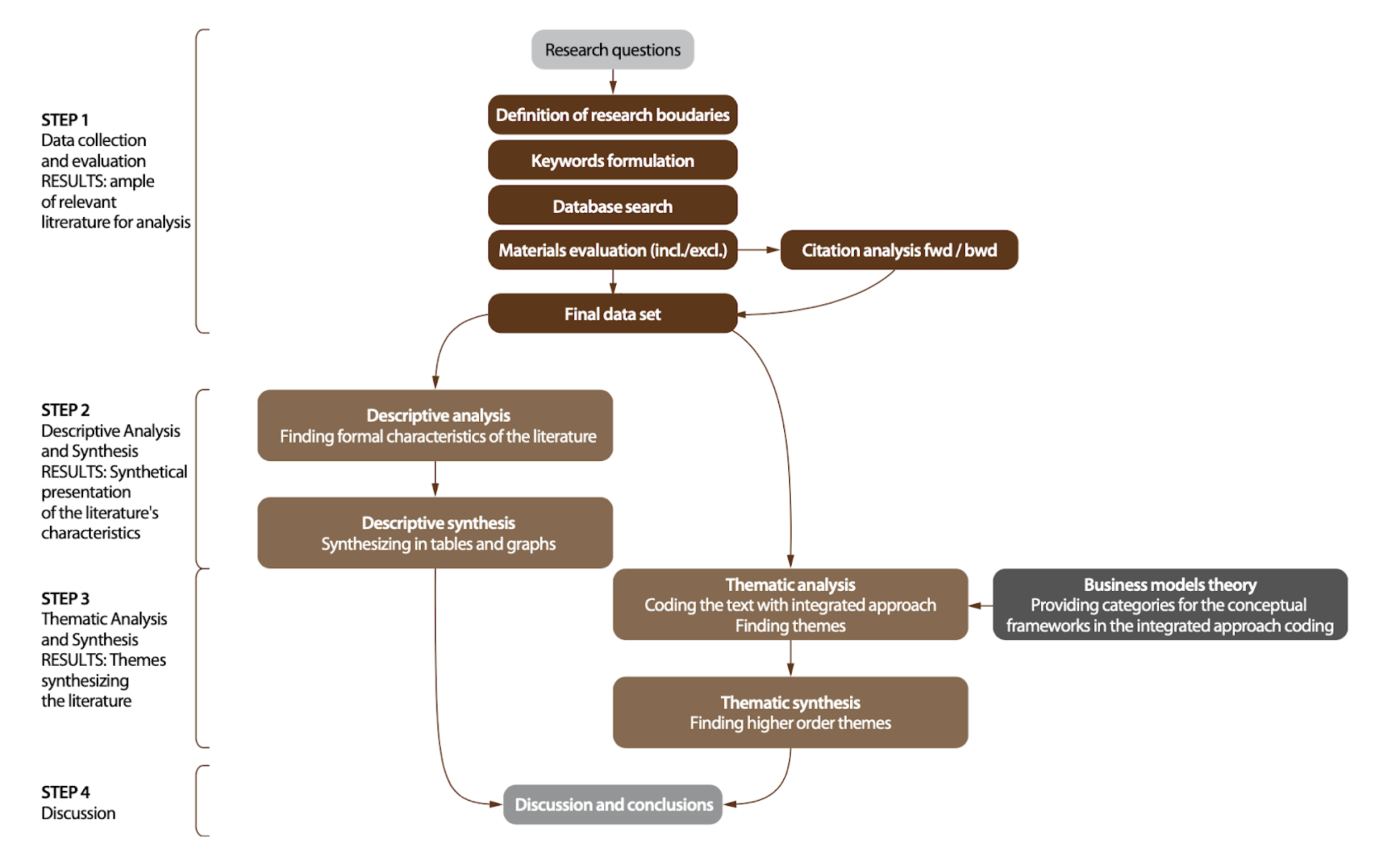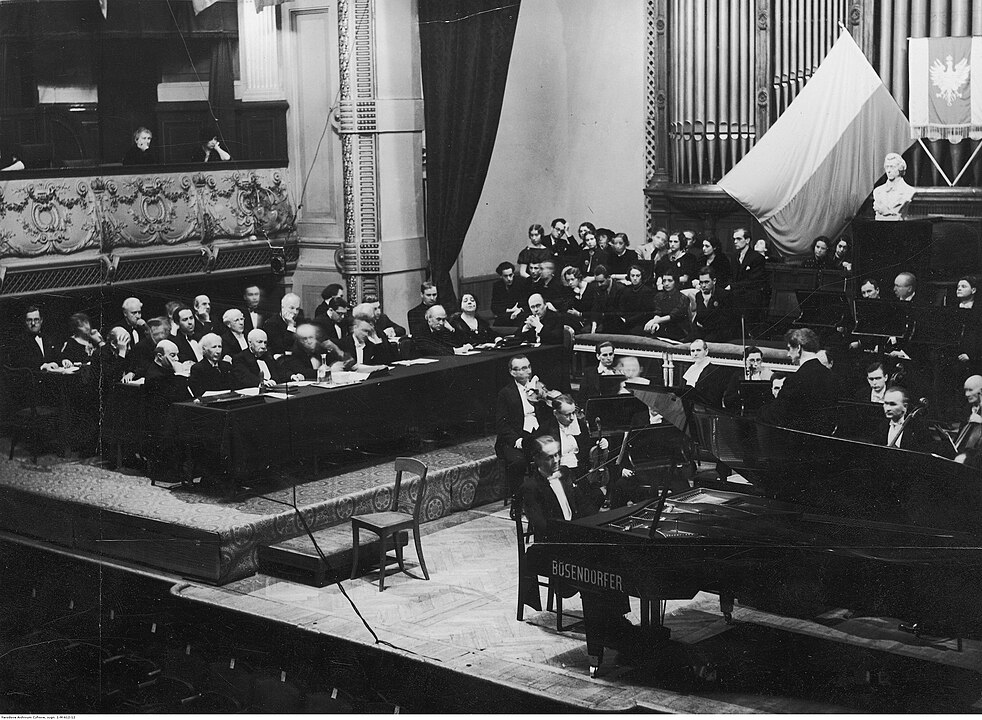Business Models of Contemporary Art Galleries and Art Fair Influence disentangles main features and dynamics of both artistic and commercial practices of art galleries, and highlights the interplay with the increasing phenomenon of art fairs and the implications for the overall contemporary art system.
Art galleries have traditionally played a crucial role in the art system, serving as gatekeepers alongside other types of intermediaries, such as auction houses, art dealers, and, more recently, art fairs. Art galleries occupy a unique position at the intersection of art and trade, supporting artists, supplying collectors and interacting with cultural institutions. However, not all art galleries operate in the same way, and their blending of art and business corresponds to different business models. While the majority of galleries are micro-businesses that often struggle to make profits, a minority of top players with strong brands and international networks dominate the market. Moreover, in recent decades, the art market has become increasingly segmented, with art fairs emerging as influential players. Major art fairs have evolved into powerful entities that regulate galleries’ access to profitable markets.
Despite the extensive interest in the construct of business model and its applications, scholarly knowledge on art galleries’ business models remains limited and scattered. Business Models of Contemporary Art Galleries and Art Fair Influence synthetises existing scholarly knowledge on the topic and answer to the question of which business models do exist among art galleries, and to what extent the art fair phenomenon influences them.
In Business Models of Contemporary Art Galleries and Art Fair Influence we employed a process of semi-systematic review, combining elements of systematic reviews and qualitative analysis. The methods include a structured data collection, including a comprehensive literature search using a database and keyword combinations. Inclusion and exclusion criteria were applied to evaluate the relevance of the sources. We selected 16 references from an initial pool of 642 sources mainly of business and management, economics, marketing, sociology and interdisciplinary. The selected literature underwent thematic analysis and synthesis to identify and develop emergent themes, as well as descriptive analysis and synthesis, revealing the studies’ key characteristics such as publication type, research approach, and geographical focus.

Figure 1 – Methodological flowchart
Through the review, we identified and analysed ten major themes, including value creation, resources, partner networks, customers, decision-making, organisational structure, internationalisation, norms, risk and vulnerability, the influence of the online market.
In terms of value creation, we stress the polarisation of art-gallery’s business models between “retail galleries” and “production galleries”. Retail galleries are primarily concerned with marketing and selling artworks, while production galleries are rather oriented toward artistic meaning and value enhancement. Art fairs intervene in a value-adding process, by increasing galleries’ reputation and broadening their market reach. We also point to the role of resources, such as relational resources and competences, in shaping galleries’ value-creation mechanisms. In particular, reputation and status are identified as key resources, acquired through relationships and isomorphic adaptation within the art world.
The article further examines the partner network of art galleries, including the gallery-artist partnership, networks of galleries, and the role of art fairs. The gallery-artist partnership is crucial for production galleries, as they work closely with artists to create meaning and value. Art fairs play a significant role in galleries’ network development, offering opportunities for alliances, market insights, and brand recognition. Remarkably, the power dynamics between art galleries and art fairs are shifting, with art fairs gaining increasing influence on the art market.
In conclusion, we show how art fairs have a substantial influence on galleries and their decision-making processes and business models. Participation in art fairs can enhance galleries’ reputation and market opportunities, but it also affects artists selection and alignment with the fairs’ values and aesthetics. Major art fairs act as taste makers that influence demand and art galleries’ value propositions, but galleries’ participation in art fairs places financial stress on their business models, requiring external financing and shaping their cost structures.
The themes identified and examined through the offered literature review also serve as areas of intervention for gallery managers and other stakeholders to navigate the complexities of the art market and the whole art ecosystem, such as artists, collectors, other intermediaries, art institutions, as well as policymakers, toward a more vibrant and resilient creative and cultural environment. Overall, the article emphasises the need for sustainable business models and highlights avenues for innovation in financing, organisational structure, portfolio selection, and sustainable competition within the art market and the whole art ecosystem.
About this article:
Business Models of Contemporary Art Galleries and Art Fair Influence: A Thematic Synthesis of the Literature, International Journal of Arts Management, 25(2), 34-50. The article was awarded the “Editor’s Choice”.
About the authors:
Elisabetta Lazzaro is cultural economist, full professor of Creative and Cultural Industries Management and head of the Arts & Creative Ecosystems R&I cluster (ACEs) at the Business School for the Creative Industries, University for the Creative Arts (UK).
Giuliano Picchi is independent researcher, cultural manager, and director of UNITA for Future.






